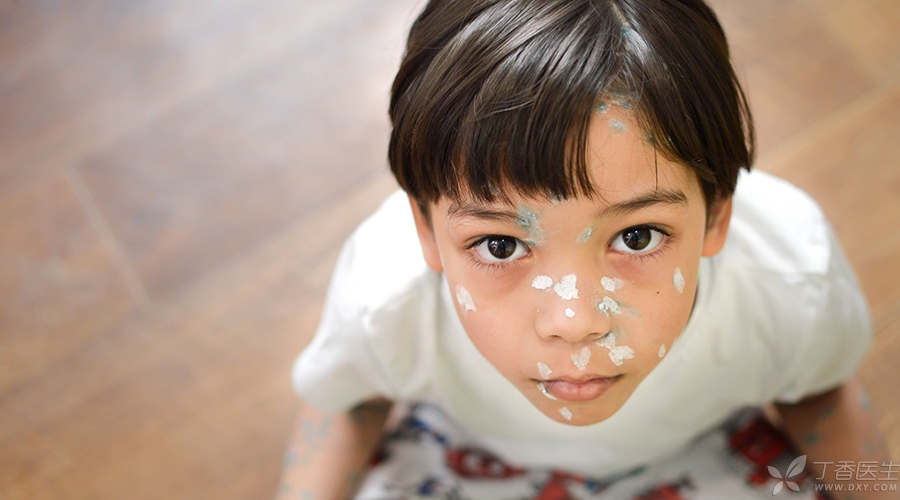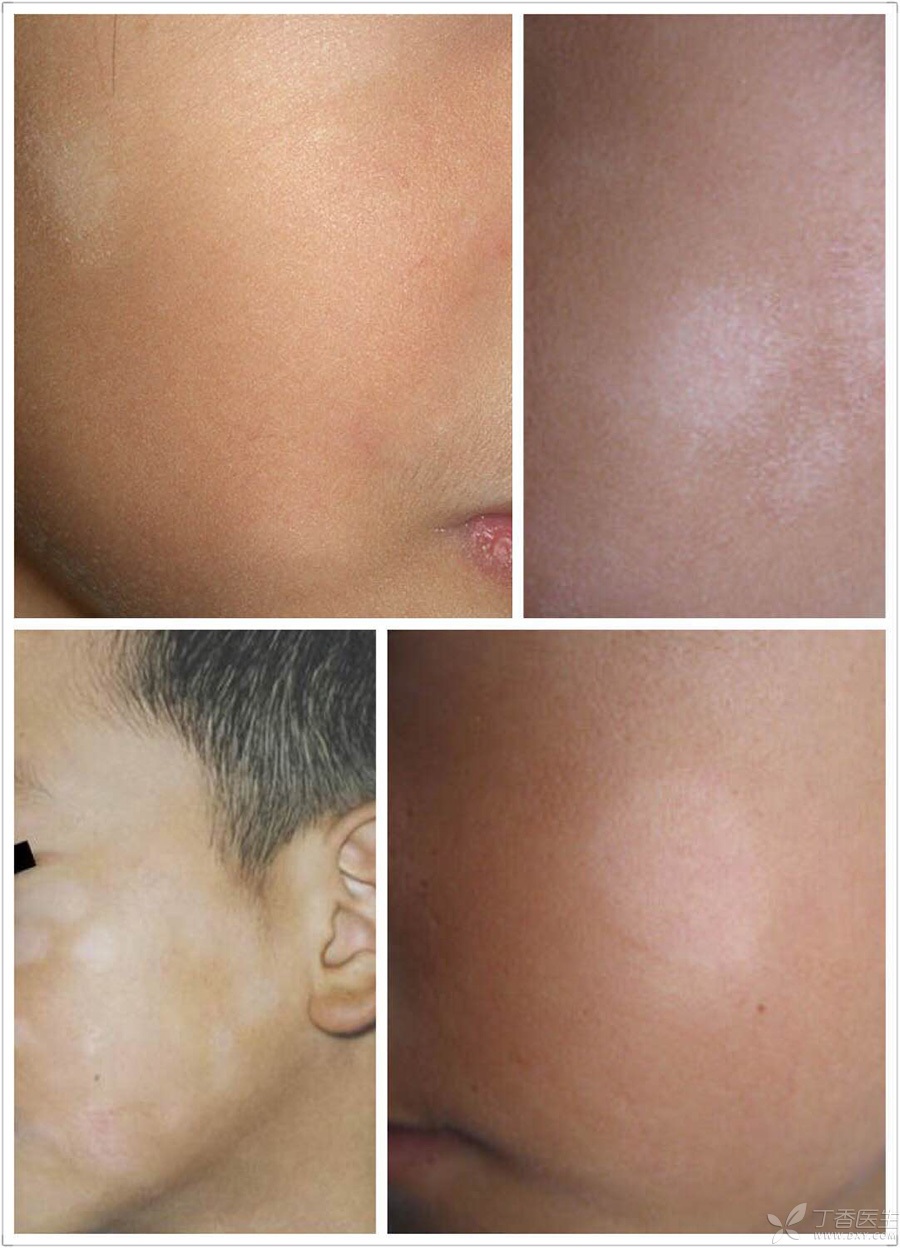
Perhaps many mothers have encountered such situations. Small white spots suddenly grow on the baby’s white little face, but the baby does not seem to hurt or itch, and some may disappear after a period of time.
Some old people said that the baby’s face was covered with [insect spots], indicating that there were insects in his stomach. Is this really the case?
In fact, the baby has white spots on his face. The most likely situation is pityriasis alba. Although some places will call this white spot [insect spot], it has nothing to do with insects in his stomach.
Is what pityriasis white?
Pityriasis alba, also known as pityriasis simplex, is also called [insect spot] or [peach blossom tinea] by ordinary people.
This kind of disease most often occurs in children or adolescents aged 3-16 years old, and its manifestation is hypopigmented spots with blurred edges, which is the “leukoplakia” in the mouth of parents.
White spots mainly grow on children’s faces, but other parts of the body may also appear, such as neck, chest, shoulders, arms, etc. The shape is usually round or oval, can be large or small, plaque surface may have some small white dandruff.
At the beginning, the color of the white spot was only slightly lighter than that of the surrounding skin, which was not particularly obvious. It often took a lot of time to find it. Many children were found because the skin turned black and the white spot became more obvious after exposure to the sun.
Apart from white spots on the skin, children basically do not feel uncomfortable with what, and only a small number may feel a little itchy.

What about what?
The cause of pityriasis albus has not been fully studied.
At present, it is generally believed that pityriasis alba is a non-specific dermatitis with hypopigmentation after inflammation, and its occurrence is related to imbalance of nutrition, vitamin deficiency, sunlight insolation, dry skin, frequent bathing, etc.
Although some people call this leukoplakia [insect spot], the current research cannot prove that it is related to intestinal parasite infection and does not need anthelmintic treatment.
How to treat the baby?
White spots on the child’s face will inevitably affect the color value. Parents always want to give the baby some medicine to treat it quickly.
But in fact, pityriasis albus is a disease that can be cured naturally. Generally, treatment is not required. After a period of time, the leukoplakia will fade naturally and basically will not leave traces.
The time when leukoplakia subsides varies from child to child. Some may recede for several months, but others may recede for a year or two or even longer, but usually it will not last until adulthood.
If the child’s symptoms are especially obvious, some drugs can be used for treatment under the guidance of doctors.
Is the long white spot on the face white pityriasis?
Leukoplakia on children’s faces is not necessarily pityriasis alba. There are also some diseases that show leukoplakia on the skin, such as vitiligo and tinea versicolor.
Vitiligo: The main manifestation is the complete depigmentation of local skin pigment, the boundary of leukoplakia will be clearer than pityriasis alba, and the leukoplakia site is obviously whiter than the surrounding skin. Vitiligo leukoplakia will have a small amount of non-white skin areas in the middle, while pityriasis alba plaque only has white areas.
Tinea versicolor: It belongs to fungal infection and shows some resemblance to pityriasis white, but the color of macula can be brown, light brown, light red, light yellow or white, which can be distinguished by fungal examination.

How to prevent it on weekdays?
As mentioned earlier, the occurrence of pityriasis albus is related to unbalanced nutrition, vitamin deficiency, sunlight exposure, dry skin, frequent bathing, etc.
Parents can start with these reasons for prevention, for example, to ensure that the baby’s diet is nutritious as much as possible; Teach children common sense of sun protection and correct use of sunscreen. Daily pay attention to skin moisturizing and use moisturizing cream.
If the baby has already got pityriasis alba, parents should pay more attention to helping the baby to do a good job of moisturizing and sun protection during daily care.
